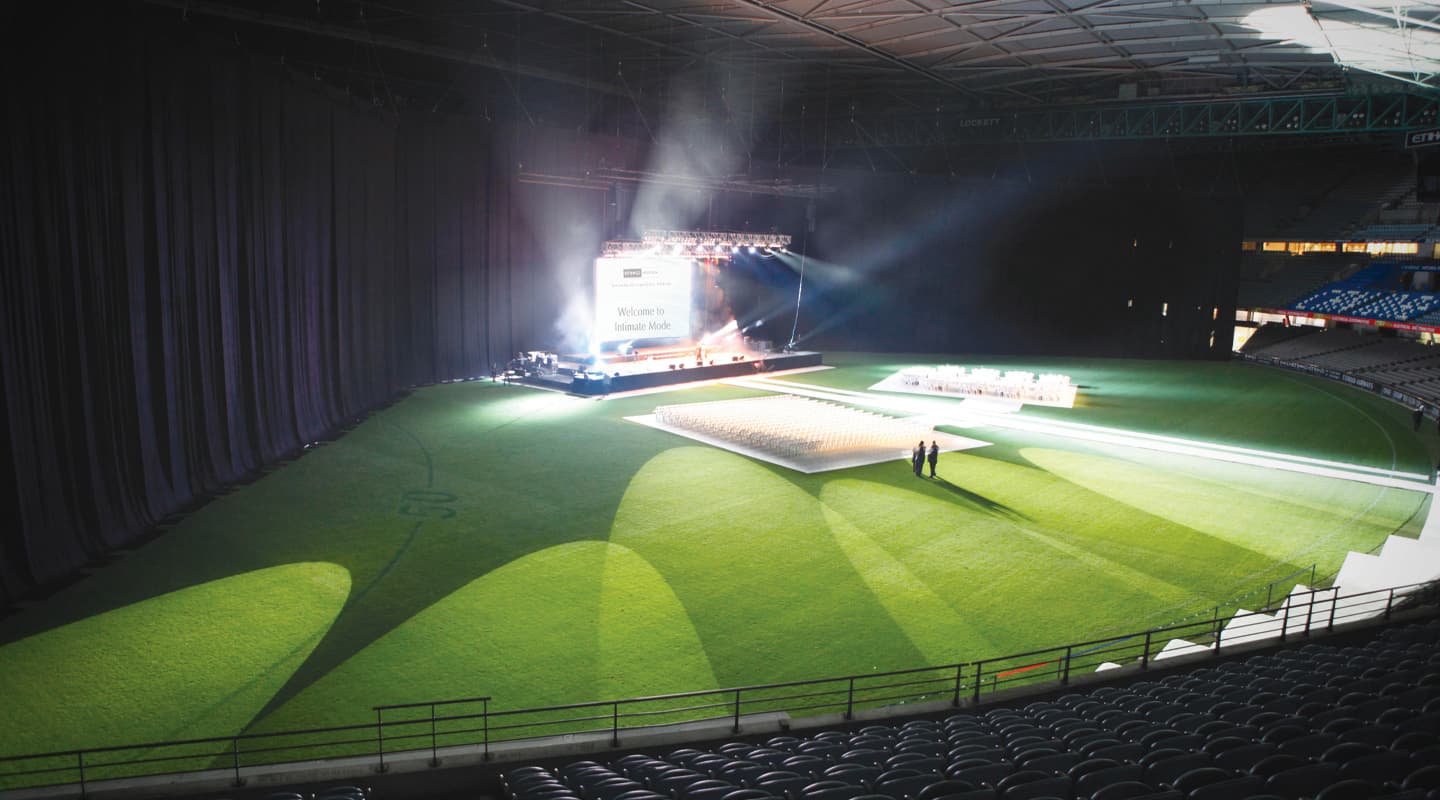
Extended Curtain Call
Transforming a footy ground into an Intimate space.
Text:/ Matt Caton
When I first that heard that a 216m-wide and 20m-high drape was being installed in a major Melbourne venue, I must admit, my first thought was not a sporting stadium; especially one that predominately hosts AFL football. But that is exactly what Etihad Stadium has recently added to its inventory, to bolster its already impressive list of event configurations. Besides being home to AFL football, soccer, rugby and arena-sized rock concerts, the Docklands stadium also plays hosts to a variety of corporate events, dinners and broadcasts, and because of all this, runs on a very tight timetable.
At full capacity, which uses the entire arena, the stadium is capable of housing over 70,000 patrons. But let’s face it, not every band or function is going to need that much room, and while some purists will salivate over the prospect of entertaining on the hallowed turf (and I’ll admit; I’m one of them), if you are hosting a ‘small’ 5000-person corporate event, the sheer size of the unused portion of the venue would pretty much dwarf the event. It was this search for more intimacy that instigated the installation of this massive drape, which allows for over half of the stadium to be, quite literally, masked behind a curtain, and forms the basis for the stadium’s new Intimate Mode.
For a stadium that already hosts 86 arena events plus 600 functions in its many entertainment spaces, it almost seems impossible to increase the venue’s workload. However, the new curtain configuration pulls the maximum capacity back to 23,000, which will attract a more diverse range of events, on a much smaller scale than it currently does. Smaller-scaled events also have the benefit of less traffic on the arena surface and a much quicker overall turnaround from the build of the event to its conclusion.
WE’RE GONNA NEED A BIGGER BRACKET
When the early meetings began between Melbourne Stadiums Limited, the operator of Etihad Stadium, and drape manufacturer PRG Showdrapes Division (Production Resource Group, formerly Bytecraft Entertainment), it was clear that creating a drape that not only masked off half of the venue, but could be deployed within a matter of hours, rather than days, was going to be quite challenging. Rod Paton from PRG recalls some of the early discussions, “The challenge was to create a system that was safe and effective for the purpose, while being simple to erect, dismantle and store on site. Our idea was to provide a portable system in which the main components remained together and could be simply wheeled into position, bolted together, and hoisted up.”
The gigantic curtain arrangement (have I mentioned this thing is big?) consists of three 60m drapes – plus a 36m overlap – and is made up of a total of 72 black wool drops, each measuring 3m wide by 20m high, and weighing in at about 80kg. These are attached to 36 x 5m lengths of standard Universal tri truss, which form the three main 60m runs.
But this is where it gets a bit clever. A collaboration of ideas from Rod and various PRG personnel, including Andrew Bennett (PRG Rigger) and Darren Irving (PRG National Service/Sales Manager) came up with the idea of permanently adding wheels and a catch cloth to each length of truss, thus transforming the truss sections themselves into the dolly system to house and transport the drapes. Each drape simply collects into its dust cover as it’s lowered, then the dust cover attaches to the top chords of the truss on each side, enclosing the drape. The wheeled truss section then becomes both the container and transport system for storage. In a situation where time and efficiency is everything, this proved to be a very elegant design.
The curtain itself is a black, non-reflective durable woollen fabric, which provides sufficient acoustic and light absorption to achieve the desired intimate environment. The curtain is attached to the tri truss using standard sash ties, supported by rated safety wires through the drape eyelets.
Yes Joyce, a football ground can be an Intimate space. All you need is 240m of drapes and a fairly loose definition of the term ‘intimate’. Note the mix of bridles used to distribute the load to the lifting lines.
Image courtesy of Melbourne Stadiums Limited
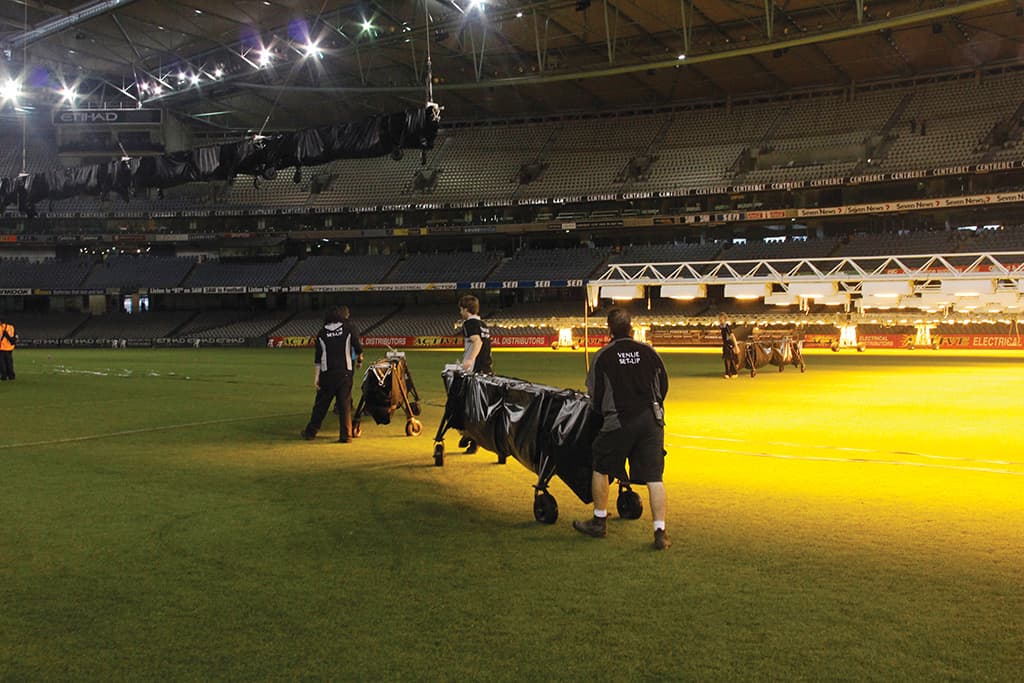
RAISING THE CURTAIN
Creating a portable drape that can be stored on location and can withstand the extreme heights is one thing; rigging it and lifting it all into place within a matter of hours is a whole different story. Having already enjoyed a successful history of collaboration with them, PRG approached Harris Movement Engineers (HME) in the early stages of the project, and between them and the venue operators, worked through the myriad issues and limitations. “The initial conversations and meetings quickly identified a number of key problems to overcome with the project,” says HME’s John Grimshaw. “All of the lifting points needed to run in perfect sync, as the failure of any single point would quickly bend the truss. The system itself needed to deal with wind loads that occur inside the stadium and it needed to operate quickly to assist in changing configurations.”
The key element to this rigging solution was the hoisting arrangement. While using the familiar chain hoists would have been the easy and most obvious way to approach it, HME’s Principal and Lead Engineer, Glen Harris, saw otherwise. “There was a large risk to the process should a single hoist fail. Getting a rig down after a single hoist failure when it is 40m in the air – given you’re not allowed to look at the grass, let alone drive a 25m boom on it – presents some problems. The stadium is also very proud of its moving roof, and did not really want a bunch of chain hoists sitting up there spoiling the view.”
HME designed and supplied a rigging system that comprises three individual hoists, one for each section of the drape. These aren’t exactly your typical hoists though; each one lifts 1500kg at a speed of 1.5m/s, which means the load can be moved from roof to ground to roof again in under a minute. With their covers on, the hoist housings look just like a white box on the ceiling, which allows them to blend into the roof structure. The wire rope and diversion system is simply a scaled-up version of the systems you’d see in most theatres around the country. The wire ropes come off the grooved drum of the hoist, and are diverted across the roof over custom sheaves, in a manner that has the most minimal visual impact to the roof.
The hoist control system is based on the standard HME control architecture and incorporates brand new wireless options that were implemented for this project. John Grimshaw explains: “The control system ended up being the least complex aspect of the whole job. It was decided early on that control needed to be achieved from the field of play where the trusses were attached to the lifting lines. That instantly meant we needed to deploy our wireless solution. The system was then configured with individual control over each hoist, and global [all hoists] control.”
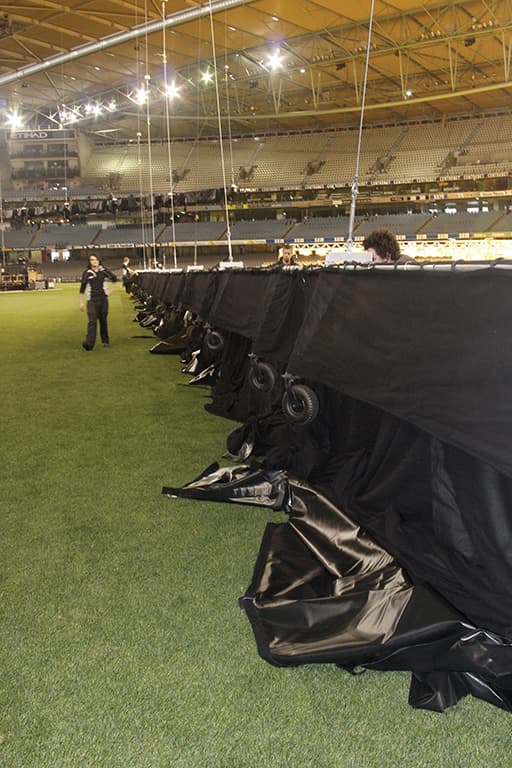
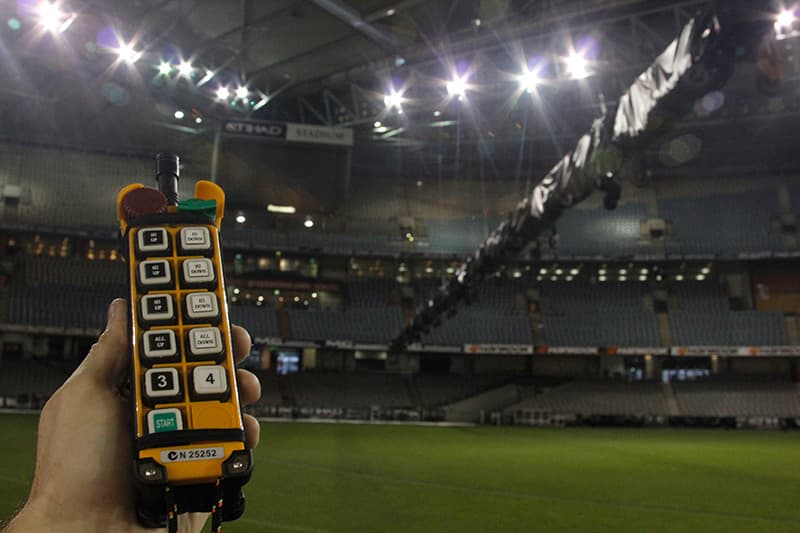
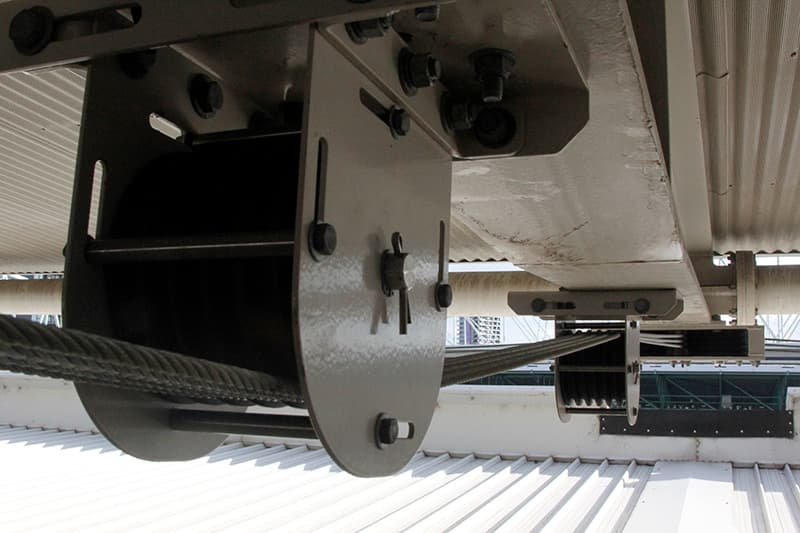
MAKING YOUR BLACKS GREEN
A particularly interesting feature of the hoist system is its use of ‘Green Drives’. When a hoist is lowering its load, the motor actually becomes a generator and so produces a current. This current is usually just converted into waste heat through a braking resistor. HME decided that this project needed a little more creativity and chose from a new range of Mitsubishi drives which instead takes this current and feeds it back into the power grid, in a similar way to that of a solar panel. Glenn Harris explains, “We could say this was done to make the project a green solution – and if the system was used frequently that would be significant – but more important was the idea of having as few pieces of equipment in the weather as possible. So by not needing braking resistors and using the drive to manage this process the system was simplified.”
A DIFFICULT INSTALLATION
Everybody who has ever done some type of production work on a sporting ground would be aware how precious the grass is on the field of play. Being an AFL fan myself, I’m kinda glad that these obsessively-careful measures are in place. However, it doesn’t make life easy when you’re trying to install 800kg hoists 40m in the air. Combine this with a venue that is in heavy use and difficult to gain access to, and this isn’t your typical installation.
HME worked closely with the stadium management and the stadium’s structural engineers to successfully implement this curtain and hoist system. With no cranes or heavy loaders allowed onto the grass, HME used four temporary chain hoists attached to various rigging points on the stadium, to load the permanent hoists into position.
PRG also had to consider the surface of the ground, which led to large pneumatic tyres being used on the truss dolly system.
However, once the initial difficulties of the installation were overcome, the stadium has been left with a curtain and hoist system that is stored on site and out of sight, and can be set up quite easily in about three hours. Considering the frantic nature of the venue’s usage, this is a very great result.
The system had its debut performance at special event industry night to launch the new Intimate Mode. An audience of promoters, event managers, AFL and club representatives were treated to a performance by Australian rock legend Mark Seymour on a specially-designed stage which showcased the new Intimate Mode and of course, the bloody big curtain.
FUN FACTS ABOUT THE PROJECT
- The curtain uses approx 4500sqm of fabric
- The fabric is inherently flame retardant 100% Aussie wool
- The dust covers are heavy-duty PVC
- The curtain could comfortably run from one set of goals to the other (and then some) if placed in a straight run
- The curtain took approximately eight weeks to manufacture from time of order
- Each hoist manages 240m of SWR
- The maximum speed of the hoists are currently set to about four times the speed of a standard chain hoist
- The drums of the hoists are 300mm in diameter and over 2m in length
- Each hoist weighs in at over 800kg
CREDITS
Client: Melbourne Stadiums Limited (Etihad Stadium) www.etihadstadium.com.au
Drape Manufacture: Production Resource Group (PRG) www.prg.com
Hoist & Machinery: Harris Movement Engineering (HME) www.harrismovement.com.au
Stadium Engineers: Aurecon Engineering www.aurecongroup.com


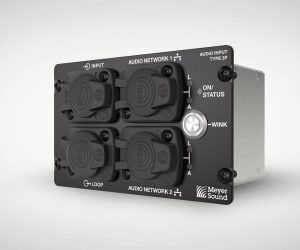


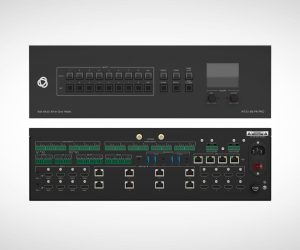

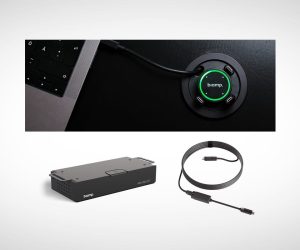
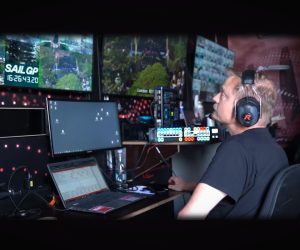
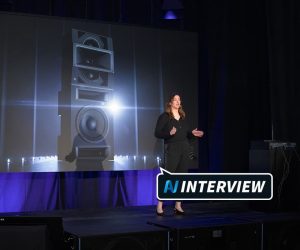

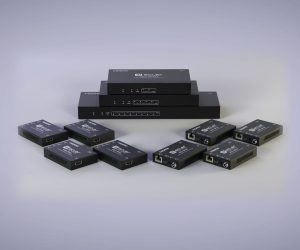



RESPONSES